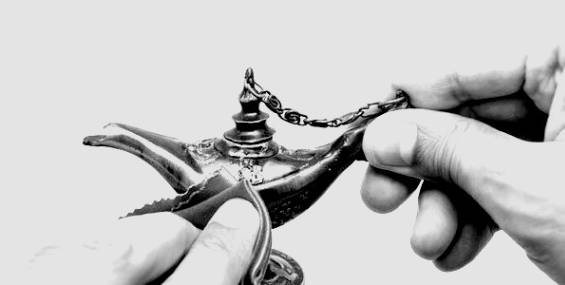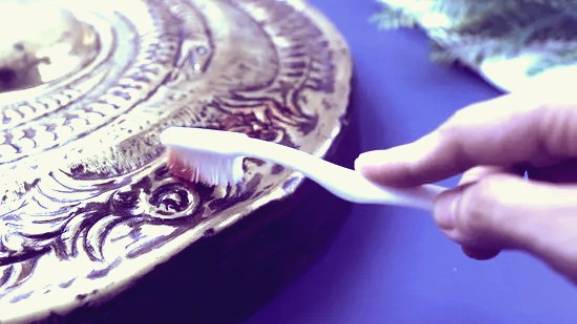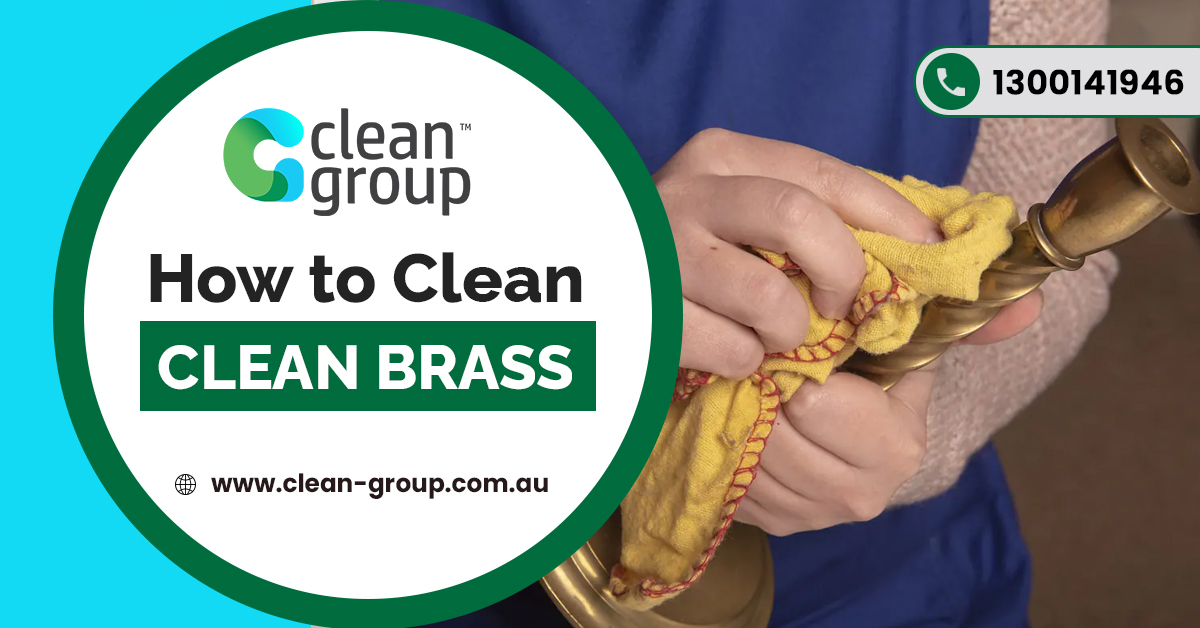Everyone has brass at home. You may have it on lamps, vases, or even flatware. Brass has been known for being one of the most stylish items to have, but it’s also known for getting tarnished quickly.
If you don’t take care of dirty brass correctly, it may lose its shining properties after a while, which can be a bummer. Thankfully, there are some easy methods you can start applying today to clean and polish your brass so that it looks as shiny as ever!
Regardless of the brass item you currently own, the following commercial cleaning methods apply for all of them. Keep in mind that not all of the methods may work as efficiently on all brass pieces, though.
In case you don’t want to take your brass items to a professional cleaner, here’s a guide on everything you can do to clean brass correctly!
Why Does Brass Get Tarnished?
Brass items have particular properties that make them react differently to different materials. In essence, brass items can lose shine as water, oxygen, and other factors corrode the metal.
Overall, brass is considerably affordable since it only includes zinc and copper in its materials. However, that makes it also easy to get damaged. Under good conditions, brass can look beautiful due to its golden colours.
Things to Consider Before Cleaning Brass

The first thing you must verify before cleaning brass is whether the item that you’re going to clean is truly brass. Some items are brass-plated and are zinc, cast iron, or steel.
You can try the magnet method to verify if you’re dealing with brass rather quickly. Place a magnet on the item; if the magnet sticks, it’s not a brass item but rather a brass-plated item. Brass-plated items can be cleaned with soapy water instead of harsh materials like polish.
Another vital thing to take into account is whether the brass has been lacquered or not. Keep in mind that most brass items come with lacquer, which has the purpose of preventing tarnishing.
In case you can easily notice tarnish in your brass, the chances are that it hasn’t been lacquered yet. On the other hand, if you notice that there’s a small, thin coat coming off from the item, it may have been lacquered. In these cases, it’s much better to take the item to a metal refinisher.
What You Need to Clean Brass
If taking your brass to a professional cleaner isn’t an option for you, you may still consider one of the following cleaning methods:
- Ketchup
- Vinegar
- Baking Soda
- Soapy Water
- Toothpaste
As you can see, all of these items are common household items, so you don’t need to worry about rushing into a store to buy anything. Still, if you want to achieve a more thorough cleaning, you may also get a third-party brass cleaner, such as a metal/brass polish.
You may try any of these methods to clean your brass, but if these don’t work for you, you may need to consider taking your items to a professional cleaner.
Ketchup Method

It may sound weird, but ketchup is an excellent option to deal with tarnished brass! This is due to ketchup’s properties including tomatoes, vinegar, and spices.
You squirt a bit of ketchup on the brass. Let the ketchup sit for a few seconds, and then wipe it clean with a damp cloth. If this process worked out for you, you may repeat the same process with the rest of the brass piece and clean everything up with proper rinse and a clean cloth.
While the ketchup method seems to be the most convenient one at the moment, it may not always work, so make sure you try the rest of the methods in this article if this one didn’t work out for you.
Vinegar Method
We’ve mentioned many times in our articles that vinegar is an excellent cleaning agent for many things. Overall, vinegar has particular acids that help to dissolve stains.
In this method, you may take a medium-size bowl, add a teaspoon of salt, and finally, ½ cups of vinegar. You may stir everything up until all the salt gets dissolved in the mix.
Once you’re done, you must add some flour to the mix to make a consistent paste. Finally, take a bit of the paste and place it into the brass object. Let it sit for approximately 10 minutes so that it takes effect.
After the 10 minutes have passed, rinse the object, wipe it clean, and take a clean, dry cloth to finish it up.
Baking Soda Method
Here, you can take baking soda and half a lemon into a bowl. Then, add one teaspoon of baking soda and mix everything up. Once you’re done, make sure to rub that mixture onto your brass object.
It’s important to note that you may need to repeat the process a few times until you deal with everything. Finally, wipe away any residues with a wet rag and dry it with another cloth.
Soapy Water Method
This method is straightforward, so you may try it out in under a few minutes. Take a container and fill it with warm water. Then, take a few tablespoons of soap and mix everything.
Soak the brass into the mix for a few seconds and use a microfiber cloth to take care of any leftover stains. If this doesn’t work out, you may try adding some elbow grease to deal with the rest of the stains.
Once you’re done, you may rinse and get a clean cloth to dry the object. Unfortunately, the soapy water method may not work as well for items that can’t be soaked easily, such as doorknobs.
Toothpaste Method
Finally, the toothpaste method is the easiest one to try out aside from the ketchup method. Here, the only thing you need to do is take a bit of plain, white toothpaste and apply a small layer to your brass item.
Let the toothpaste sit there for a few minutes, and then, use a clean cloth to take care of the residues. You can repeat this process as many times as you consider appropriate.
Once you’re done cleaning and polishing your brass, rinse it with water and dry it with a clean cloth.
Bottom Line
Cleaning brass is easier than most people think. If you have a few free minutes, you can easily make most of your brass items shiny again!
Remember that if you want to take your cleaning to the next level, you may consider getting a brass cleaner. These items aren’t that expensive and do a much more efficient job here.

